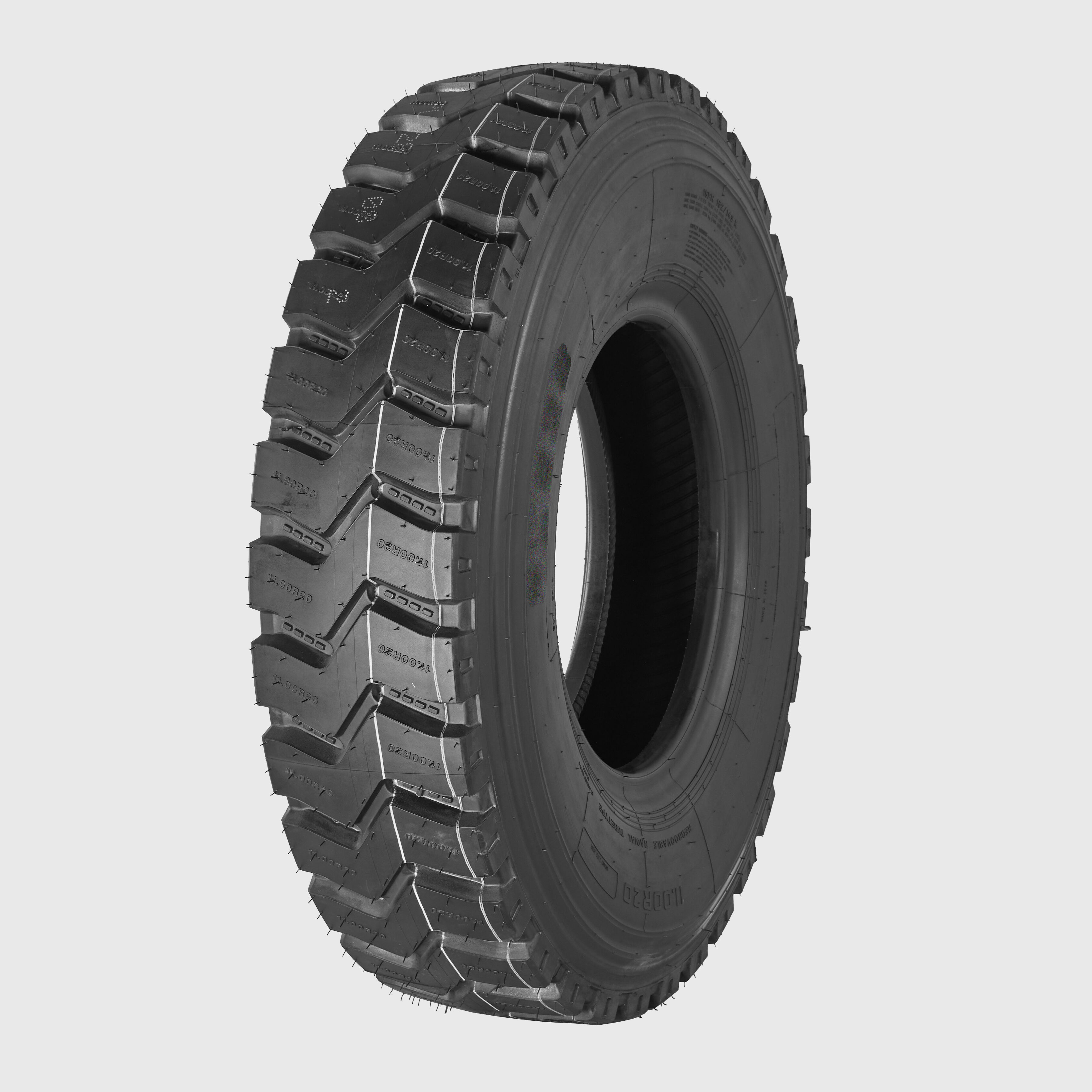Looking at the 315/80R22.5 tire size gives us important clues about how these commercial vehicle tires perform. The first number, 315, tells us the tread width measures 315 millimeters across. Then comes the 80 which represents the aspect ratio, basically saying the sidewall height equals 80 percent of that 315mm width. When we see R22.5, that means it's built with radial construction for mounting on a 22.5 inch wheel rim, something that helps keep things stable when carrying those heavy payloads. These tires also have Load Range L specifications, capable of handling around 6,175 pounds each at 120 psi pressure levels. They're specifically made for big rig operations like Class 8 trucks and their trailers, providing roughly 10 to 15 percent more load capacity compared to regular commercial grade alternatives available on the market today.
With a 315mm wide tread, this tire gets better grip on roads and spreads out the wear more evenly across the surface. The sidewall stands around 252mm tall, which is roughly 80% of that tread width. This setup helps protect against impacts when driving over rough ground but still keeps things stable when taking corners. Measuring approximately 42.3 inches from bead to bead, these tires offer enough space between the ground and vehicle body so they won't get damaged at loading areas or construction sites. Plus, despite their size, they don't create too much drag through the air, making them pretty efficient overall for what they need to do.
The 315/80R22.5 tire gives drivers about 7 to 12 percent more contact area than narrower alternatives such as the 295/75R22.5 or 275/80R22.5 models. Fleet data from 2023 shows this increased footprint helps spread weight better across the road surface while cutting down on ground pressure by somewhere between 18 and 25 percent. What's interesting is how this wider tire still manages to keep rolling resistance pretty much on par with standard tires. Truck operators have found it works well on all three main axle types too - steering, driving, and trailer positions. For companies running mixed service operations where trucks do different jobs day to day, this tire offers both flexibility when needed and enough toughness to last through tough conditions without breaking the bank.

The Load Range L standard from the Tire and Rim Association means these tires can handle serious weight loads designed specifically for today's heavy duty freight needs. The 315/80R22.5 size actually supports around 10,000 pounds each when traveling under 65 miles per hour. That's about 10 percent better than what was available before this newer rating came along. Compare that to Load Range J tires which max out at only 7,390 pounds capacity. For truckers who routinely haul cargo weighing more than 45,000 pounds across long distances, upgrading to Load Range L makes all the difference in maintaining proper balance and structural integrity at each axle point during those demanding trips.
The 315/80R22.5 combines advanced materials and structural design to endure the challenges of commercial service.
Featuring steel-reinforced sidewalls and zigzag tread grooves, these tires deliver stable handling across highways, urban streets, and uneven rural roads. A 2023 fleet study found they reduce irregular wear by 17% compared to standard all-position tires during multi-state operations, contributing to longer service life and consistent performance.
Three-ply polyester casings and full-depth sipes minimize stone retention and shoulder wear, resulting in 30% lower tread loss rates (Tire Review Network 2022). Advanced heat-dissipating compounds keep internal temperatures below 194°F (90°C) during 10-hour continuous runs-critical for preventing thermal degradation and blowouts.
Operators report average uptime of 92% over 400,000-mile lifespans, with 62% of tires qualifying for two retreads. One Midwest carrier saw a 41% drop in roadside failures after switching to this tire, attributing the improvement to optimized lug-to-void ratios that enhance debris ejection and maintain tread integrity.
The 315/80R22.5 tire design cuts down on rolling resistance by around 4 to 7 percent compared to other commercial options thanks to improvements in how the tire is built and special rubber materials that reduce heat generation. Rolling resistance makes up about 30% of what trucks burn when cruising highways according to research from Trucking Research Organization back in 2023. So these kinds of improvements actually save drivers between 0.2 and 0.4 miles per gallon during long haul trips across country roads.
With shallower circumferential grooves (6.2mm vs. 8.5mm in standard tires), these models cut rolling resistance by 12% while preserving wet-surface traction. According to the Fleet Efficiency Report (2024), this tread design offers:
These features make the tire well-suited for fleets prioritizing both economy and safety.
Although 315/80R22.5 tires carry a 15–20% higher initial price, they yield significant long-term savings. Reinforced casings and heat-resistant compounds contribute to a 22% decrease in annual maintenance costs. A 2024 commercial fleet analysis revealed operators save $2,800 per truck annually due to fewer roadside repairs and extended retread eligibility.
The 16/32” deep tread enables an average of three retreads—40% more than typical commercial tires. With an initial lifespan averaging 68,000 miles, total usable mileage reaches 450,000–500,000 miles through structured retreading programs. This extends replacement intervals by 31% (Pepijn 2023) and reduces per-mile tread cost by 65%.
Looking at things like better fuel economy (around 3 to 5% more miles per gallon), less time spent waiting for repairs, and the ability to retread tires several times over, most fleets see their money back within about 18 months according to tracking system data. The math gets even better for those big haulers covering over 100 thousand miles each year. They end up saving between eight tenths of a penny and twelve tenths per mile driven. That might not sound like much at first glance, but when we're talking about industries where tires eat up roughly 15% of all operating expenses as reported by FMCSA last year, every little bit adds up fast.
 Hot News
Hot News2025-10-18
2025-10-17
2025-10-15
2025-10-14
2025-10-10
2025-09-22